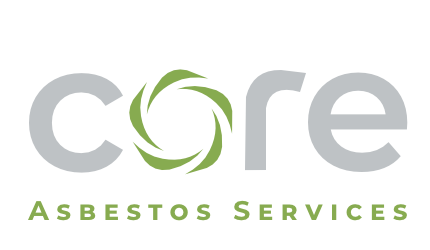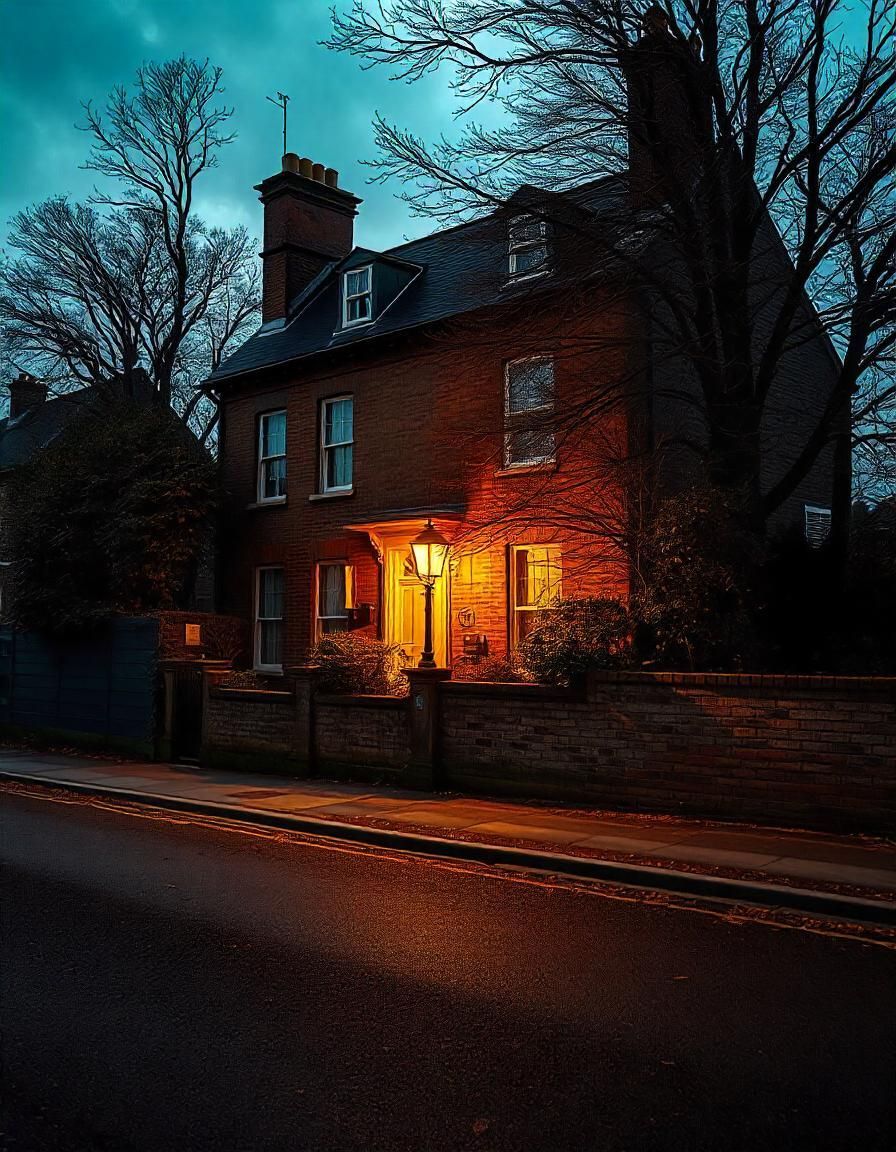READY TO GET STARTED?
GET YOUR FREE QUOTE
📞
Call now:
0330 912 8726 ✉️ Message us for call back below
Quick responses guaranteed. We're here to help!
We will get back to you as soon as possible
Please try again later
The Importance of an Asbestos Refurbishment Survey for a Safe Renovation
You've found the perfect old house, brimming with character, and you're eager to start renovations. But beware: hidden within those walls and floors could be asbestos, a dangerous material that releases harmful fibres when disturbed.
These fibres can cause serious lung diseases, like cancer. Before you begin any work, an asbestos refurbishment survey is essential. It's the only way to identify and safely manage this hidden threat, protecting yourself and those you love.
Key Takeaways
- Asbestos is a serious health hazard: Inhaling asbestos fibres can lead to debilitating and fatal diseases.
- Refurbishment surveys are essential: These surveys identify all ACMs in a building before renovation or demolition work begins.
- Competent surveyors are crucial: Choose a surveyor with the necessary training, experience, and expertise to conduct a thorough survey.
- Survey reports must be accurate: Ensure the report is complete, clear, and compliant with all regulations.
- Duty holders are responsible: Managing asbestos risks is a legal and moral obligation.
- Prioritise safety: Assume a building contains asbestos unless proven otherwise.
By understanding these key takeaways and implementing the recommendations outlined in this article, you can significantly reduce the risks associated with asbestos exposure during renovation projects and contribute to creating a safer environment for everyone involved.
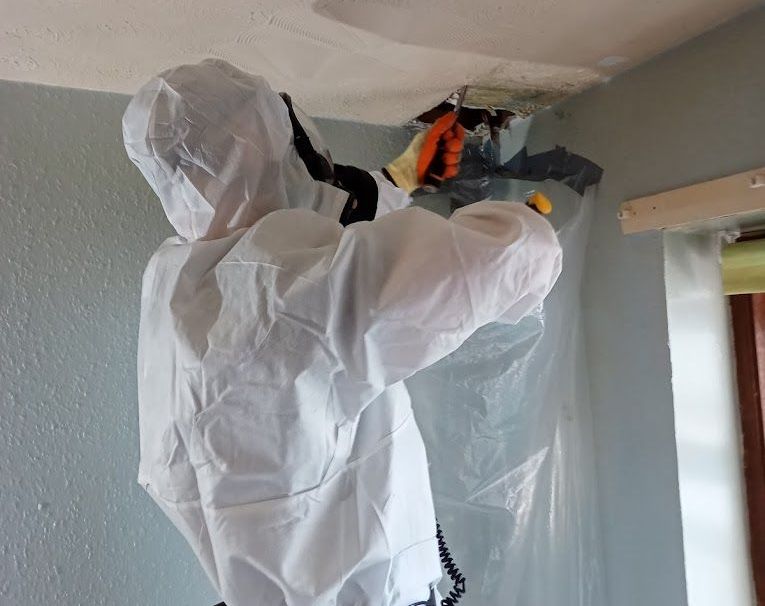
Understanding Asbestos Containing Materials (ACMs)
Asbestos-Containing Materials (ACMs) pose a significant health hazard due to the presence of asbestos fibres, which can lead to severe respiratory illnesses upon inhalation. These materials were widely used in various building components, including insulation, flooring, and roofing, due to their strength, heat resistance, and affordability.
The identification of ACMs is a critical step in any renovation project to mitigate potential health risks and ensure the safety of workers and occupants. Failure to properly identify and manage ACMs can result in the release of asbestos fibres, endangering those exposed.
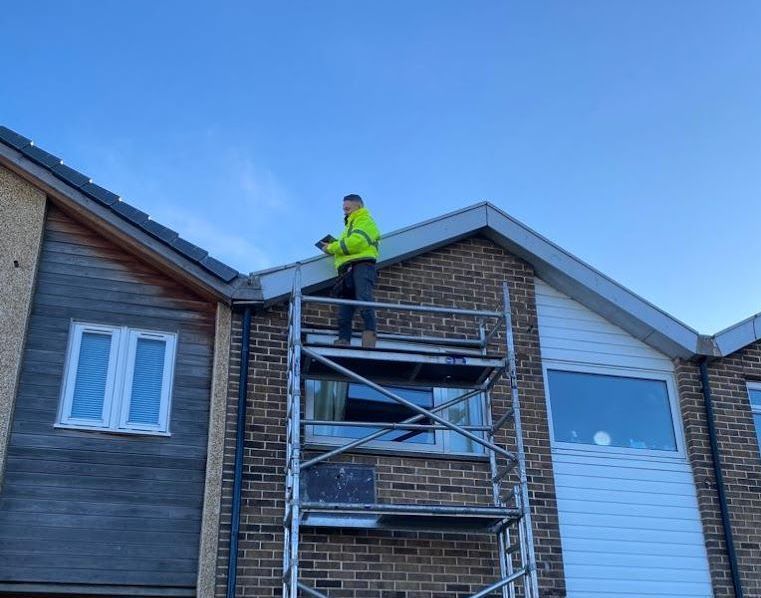
The Purpose of an Asbestos Survey
Asbestos surveys are a crucial component of responsible building management. Their primary objective is to locate and assess the condition of any Asbestos-Containing Materials (ACMs) within a structure. This process not only ensures adherence to asbestos regulations but also serves to protect occupants from the well-established health risks associated with asbestos exposure.
To achieve this, two main types of surveys are employed: management surveys, which are typically conducted for buildings in normal use; and refurbishment or demolition surveys, which are required before any major work that could disturb ACMs. The selection of the appropriate survey type depends on the intended use of the building and the nature of any planned works.
Types of Asbestos Surveys
- Management Survey: a non-invasive survey that aims to produce an asbestos register and an asbestos management plan.
- Refurbishment and Demolition Survey (R&D Survey): a survey that identifies ACMs that could be disturbed during refurbishment or demolition work.
- Reinspection Survey: monitors the condition of previously identified ACMs.
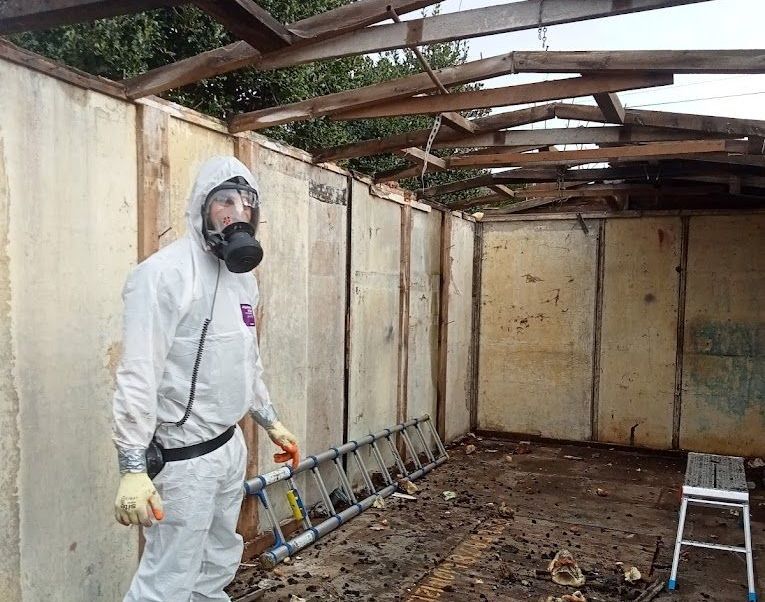
When to Conduct an Asbestos Survey
Asbestos surveys are not merely a procedural formality; they are a critical safeguard against the severe health risks posed by asbestos exposure. Specifically, a refurbishment and demolition survey is an indispensable step before initiating any major renovation or demolition project. This type of survey serves several crucial purposes:
- Comprehensive ACM Identification: It aims to locate and meticulously document all asbestos-containing materials (ACMs) present within the building, regardless of their accessibility.
- Risk Assessment: The survey evaluates the condition of identified ACMs, assessing their potential for fibre release during the planned works.
- Worker and Occupant Protection: By identifying and assessing ACMs before work commences, the survey enables the implementation of appropriate control measures to minimize asbestos fiber release and prevent exposure.
It is crucial to remember that inhaling asbestos fibres can lead to debilitating and fatal diseases, including:
- Asbestosis: A chronic lung disease characterized by scarring and inflammation.
- Lung Cancer: A malignant tumour in the lungs.
- Mesothelioma: A rare and aggressive cancer that affects the lining of the lungs or abdomen.
Therefore, conducting a thorough refurbishment and demolition survey is not just a legal requirement but a moral imperative to protect the health and well-being of all individuals involved in or affected by the project.
Selecting a Competent Surveyor
- A competent surveyor is someone who has the necessary training, experience, and expertise to carry out an asbestos survey.
- The surveyor must be able to identify ACMs and assess their condition, location, and quantity.
- The surveyor must also be able to develop an asbestos management plan and provide recommendations for the safe management of ACMs.
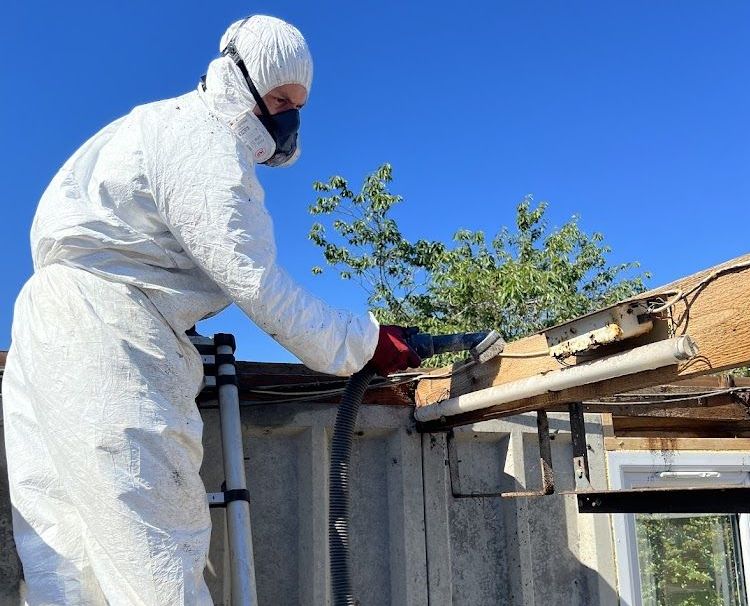
The Refurbishment and Demolition Survey Process
Refurbishment and demolition surveys represent the most thorough and intrusive type of asbestos assessment. Unlike management surveys, which focus on readily accessible areas, these surveys prioritise the identification of all potential ACMs within a building slated for significant renovation or demolition. This is achieved through a process that includes:
- Destructive inspection: Surveyors may need to lift floor coverings, remove sections of walls or ceilings, and access concealed spaces like pipework and voids to locate hidden ACMs.
- Comprehensive sampling: Suspect materials are carefully sampled and analysed in a laboratory to confirm the presence and type of asbestos.
- Detailed reporting: The final survey report provides a comprehensive inventory of identified ACMs, including their location, condition, and extent, along with recommendations for safe removal or management.
Crucially, due to the potential for asbestos fiber release during these activities:
- The building must be completely vacated during the survey. This ensures that no occupants or workers are exposed to potentially harmful asbestos fibres.
- Reoccupation is only permitted after the surveyor has certified the building "fit for reoccupation." This certification signifies that any disturbed asbestos has been safely managed and that the building's air quality meets safety standards.
By adhering to these stringent protocols, refurbishment and demolition surveys play a vital role in protecting the health and safety of everyone involved in or affected by renovation and demolition projects.
Responsibilities and Liabilities
- As a duty holder, you are responsible for managing asbestos risks in line with the Control of Asbestos Regulations (CAR) 2012.
- Failure to manage asbestos correctly can result in prosecution, unlimited fines, and imprisonment.
- Proper management is essential for protecting individuals and the environment.
Ensuring a Safe Renovation
- A refurbishment and demolition survey is crucial for ensuring a safe renovation process.
- The survey helps to identify and remove asbestos-containing materials to prevent harm to workers and occupants.
- It’s essential to assume that the building contains asbestos unless you know it does not.
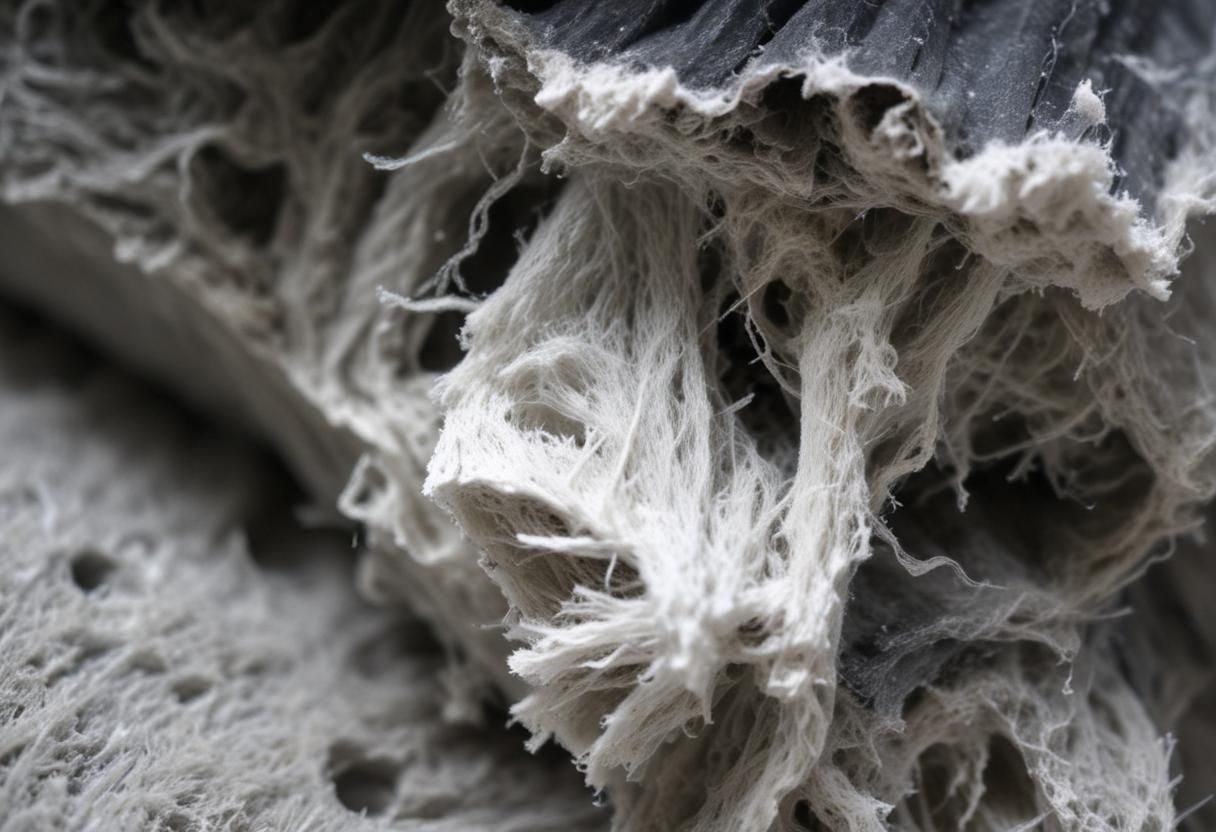
Checking the Accuracy of the Survey Report
An asbestos survey report is far more than just a document; it is a critical tool for managing the risks associated with asbestos in a building. The accuracy and comprehensiveness of this report are paramount, as it serves as the foundation for any subsequent asbestos management or removal plans. To ensure the report's reliability and usability, several key aspects warrant close scrutiny:
- Completeness: The report must include a detailed record of all areas surveyed, including any inaccessible locations, along with clear explanations for any limitations in the survey's scope.
- Clarity: Information should be presented in a clear and concise manner, using readily understandable language and avoiding technical jargon.
- Accuracy of Information: The report must accurately identify and describe the location, type, and condition of all suspected asbestos-containing materials.
- Quality of Diagrams and Plans: Included diagrams and plans should be legible and accurately represent the building layout, clearly marking the locations of identified ACMs.
- Compliance: The report must adhere to all relevant industry standards, regulations, and any specific tender or contractual obligations.
By rigorously checking these elements, stakeholders can ensure that the survey report provides a reliable basis for informed decision-making and effective asbestos management, ultimately contributing to the protection of building occupants and workers.
Conclusion
- An refurbishment asbestos survey is essential for a safe renovation process.
- It helps to identify and manage asbestos-containing materials (ACMs) and ensures compliance with asbestos regulations.
- By selecting a competent surveyor and following the refurbishment and demolition survey process, you can ensure a safe and compliant renovation process.
Core Asbestos Scotland offers comprehensive Artex asbestos testing and removal services. Get a free quote today and ensure the safety of your home or business.
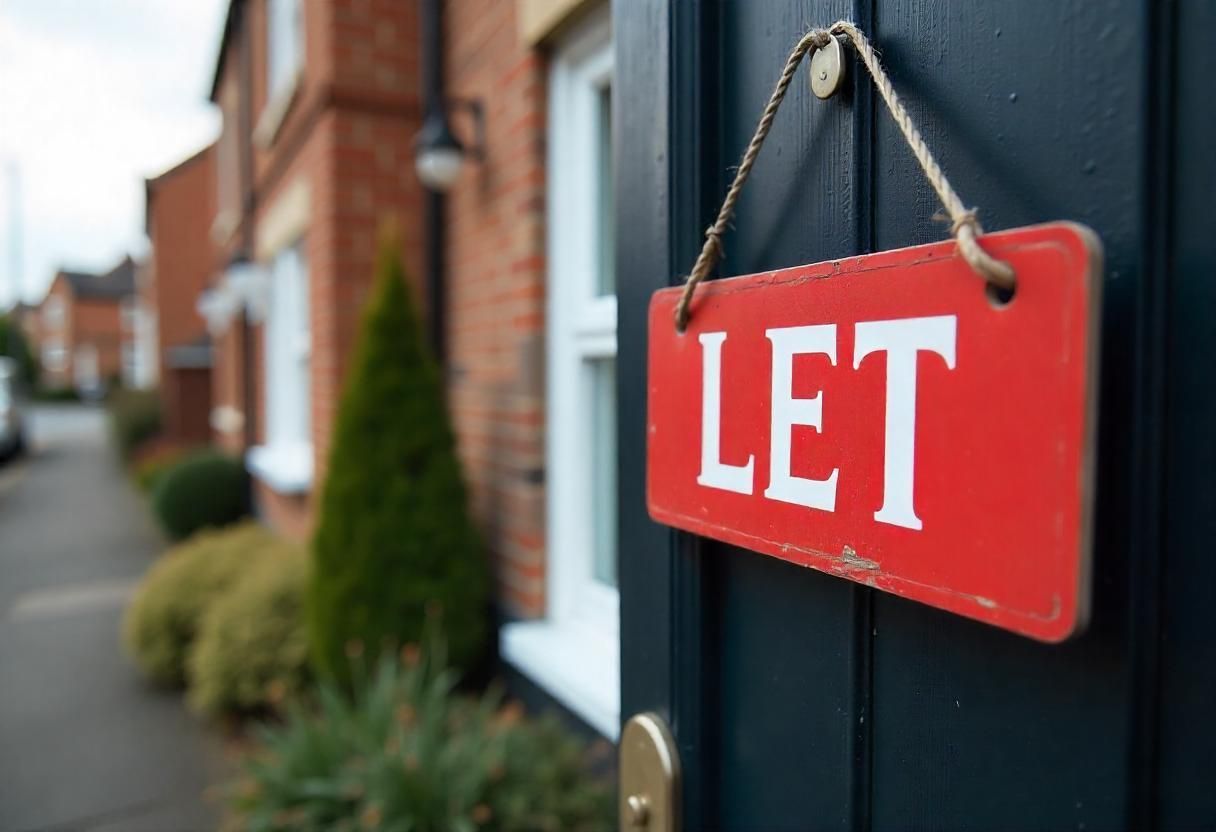
Main Menu
All Rights Reserved | CoreAsbestosServices
